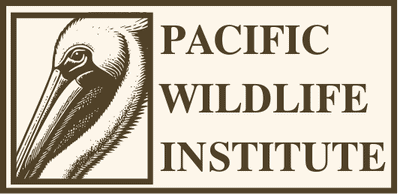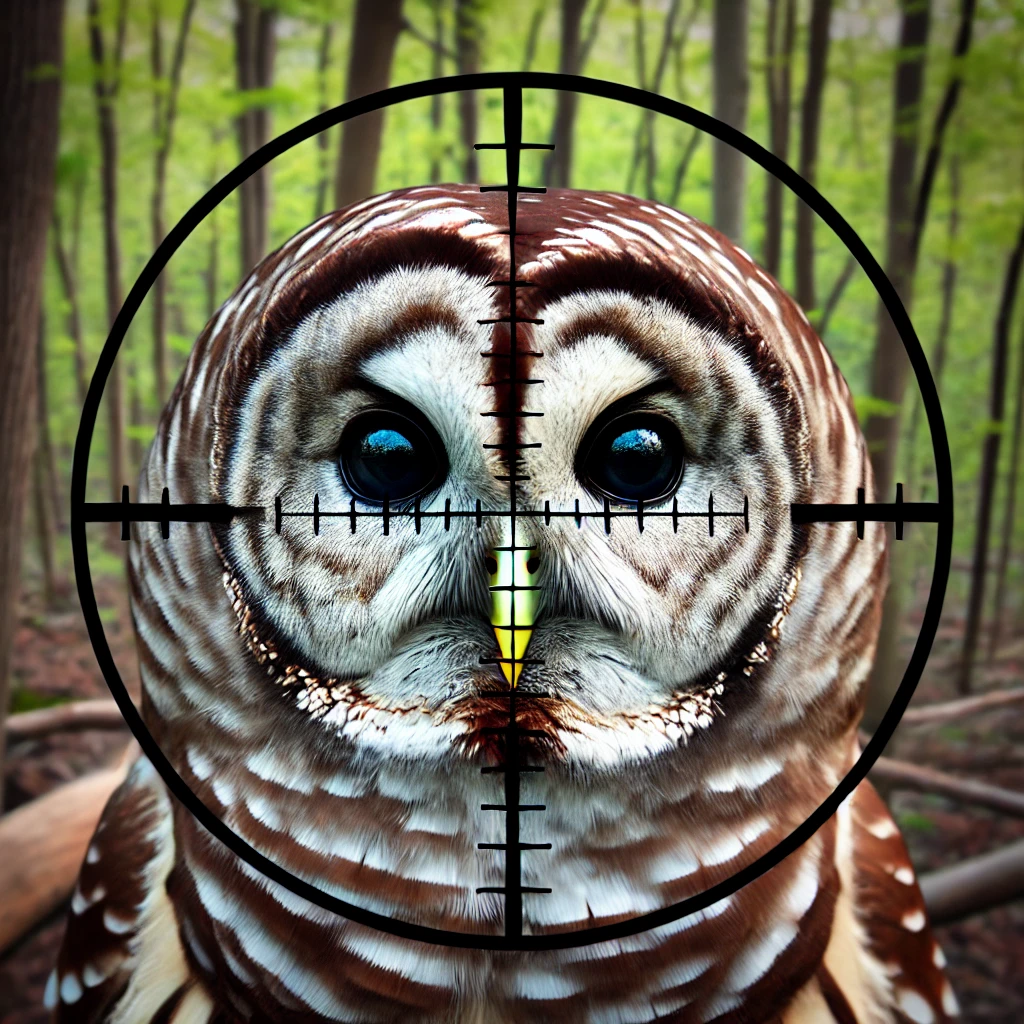The Controversial Plan to Cull Barred Owls to Save Spotted Owls
The U.S. Fish and Wildlife Service (USFWS) has proposed a controversial plan to cull barred owls in order to protect the endangered northern spotted owl. This plan has sparked significant debate among conservationists, animal welfare advocates, and the public.
Background of the Issue
Northern spotted owls have been in decline for decades, primarily due to habitat loss from logging. However, the more recent and pressing threat comes from the barred owl, a species native to the eastern United States that has migrated west. Barred owls are more aggressive, reproduce more quickly, and outcompete northern spotted owls for habitat and food.
The USFWS plan proposes the removal of over 400,000 barred owls over the next 30 years to help the northern spotted owl populations recover. The plan includes a voluntary approach where federal, state, and private entities can choose to participate in the culling efforts, which involve trained professionals identifying and removing barred owls from designated areas (opb) (Jefferson Public Radio) (WUNC).
Support for the Plan
Proponents of the plan argue that it is a necessary measure to prevent the extinction of the northern spotted owl. Birds Connect Seattle supports the targeted removal of barred owls, citing the urgency to act before it is too late. They believe that while the plan is harsh, it is essential for the greater good of preserving biodiversity. The organization emphasizes that even with the removal of barred owls from the West Coast, the overall global population of barred owls will remain stable (King5).
Opposition to the Plan
On the other hand, animal welfare groups like Animal Wellness Action and the Center for a Humane Economy strongly oppose the plan. They argue that the culling is inhumane, impractical, and unlikely to succeed in the long term. They advocate for non-lethal methods to protect the spotted owl, such as habitat restoration and management practices that do not involve killing barred owls. Critics also suggest that the plan scapegoats barred owls for broader environmental and conservation failures, particularly the loss and degradation of old-growth forests (opb) (WUNC).
Ethical Considerations
The ethical implications of the plan are significant. An ethicist was consulted by the USFWS to navigate the moral complexities of killing one species to save another. This ethical dilemma underscores the broader challenges in conservation biology, where tough decisions often have to be made to maintain ecological balance and protect endangered species (opb).
Conclusion
The USFWS plan to cull barred owls to save the northern spotted owl remains deeply divisive. It raises important questions about the lengths to which we should go to protect endangered species and the ethical ramifications of such actions. As the debate continues, it is crucial to consider both the scientific and moral dimensions of wildlife management.

